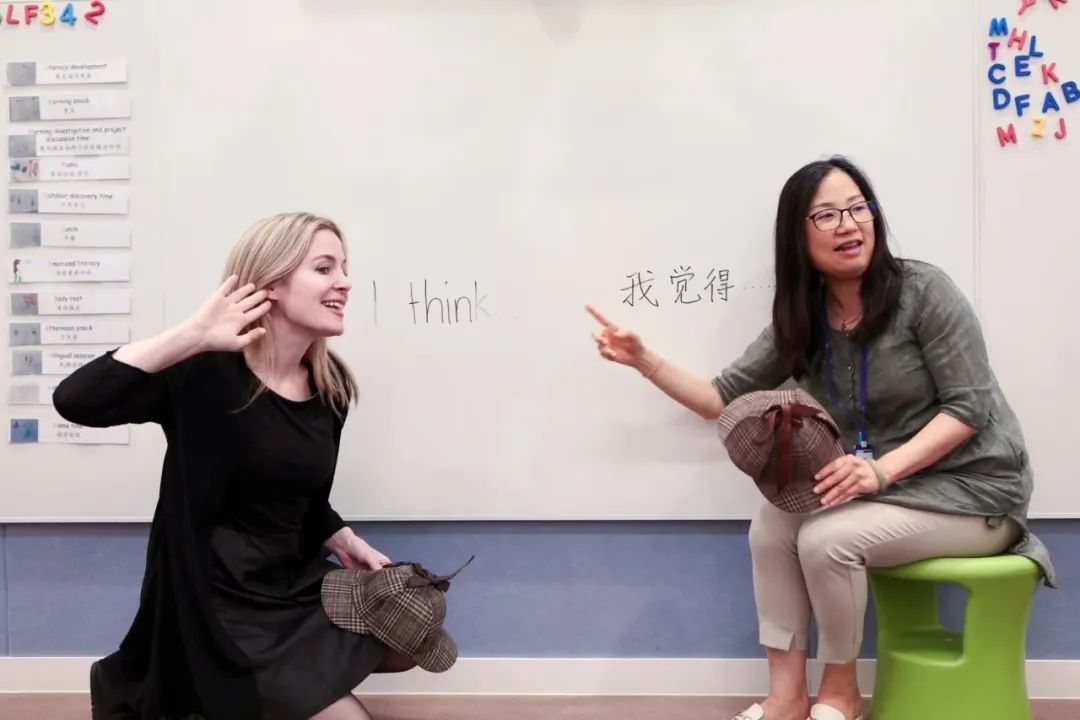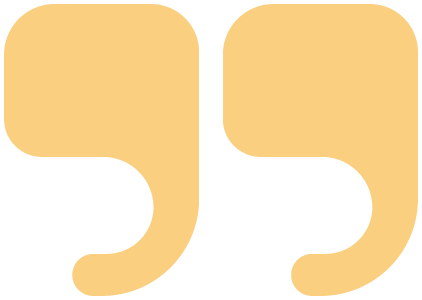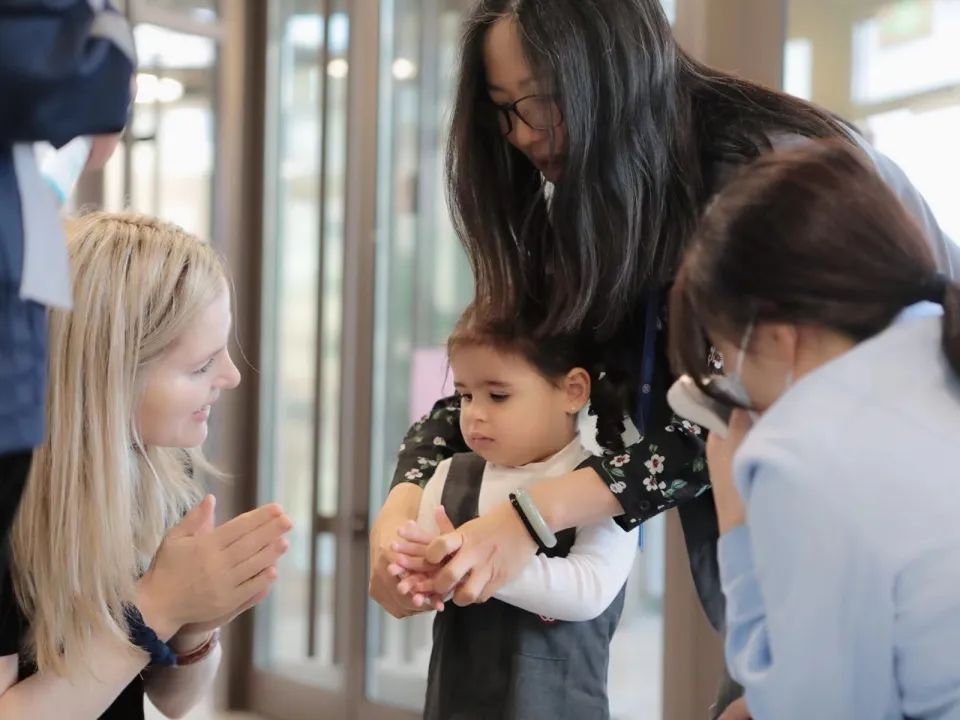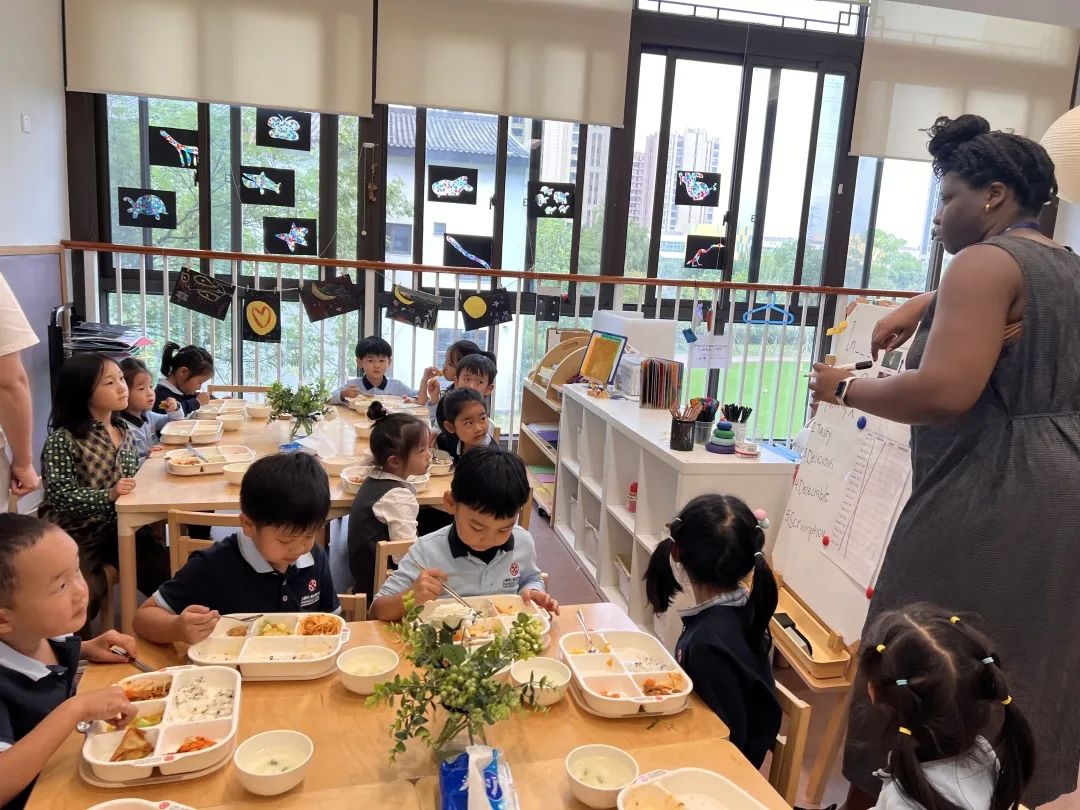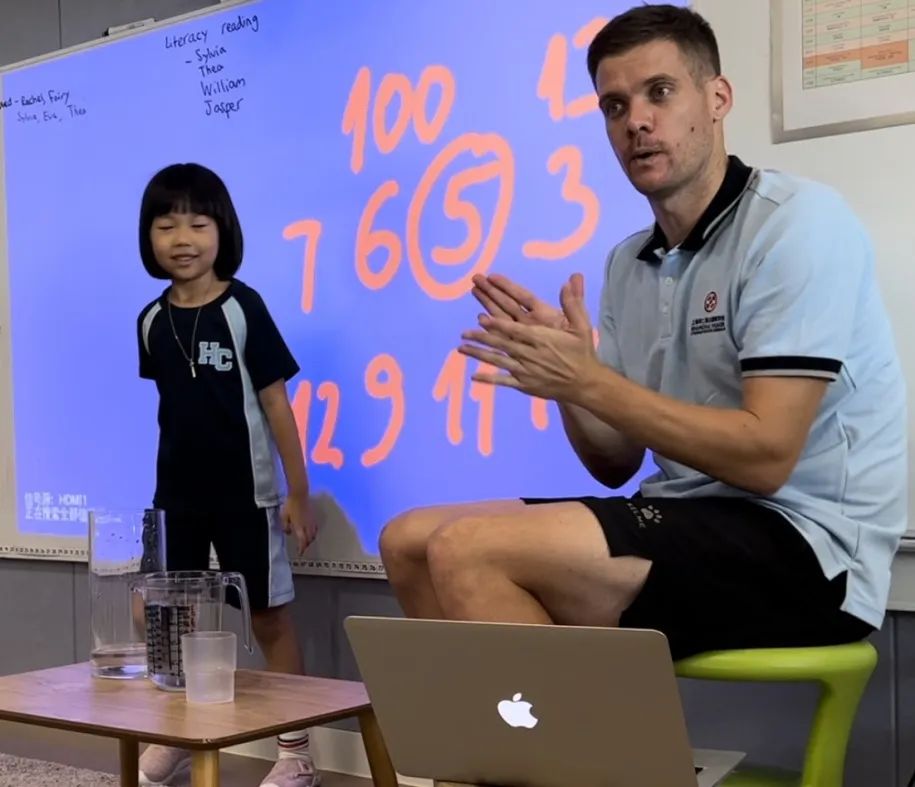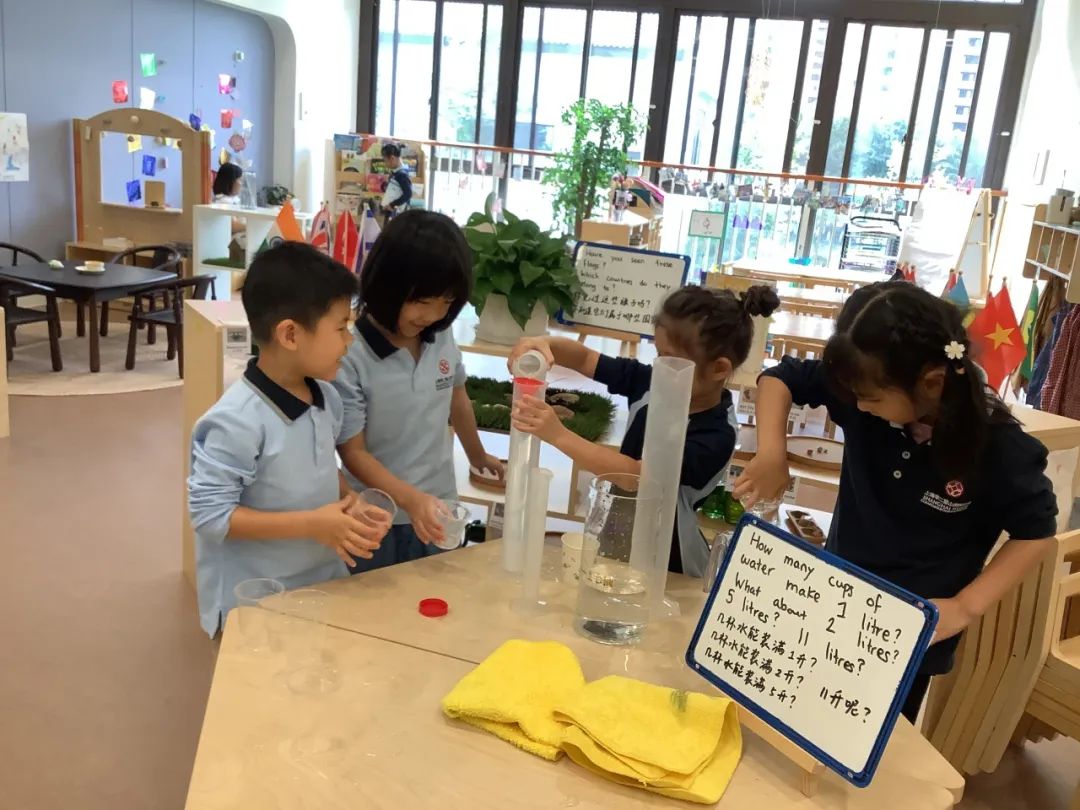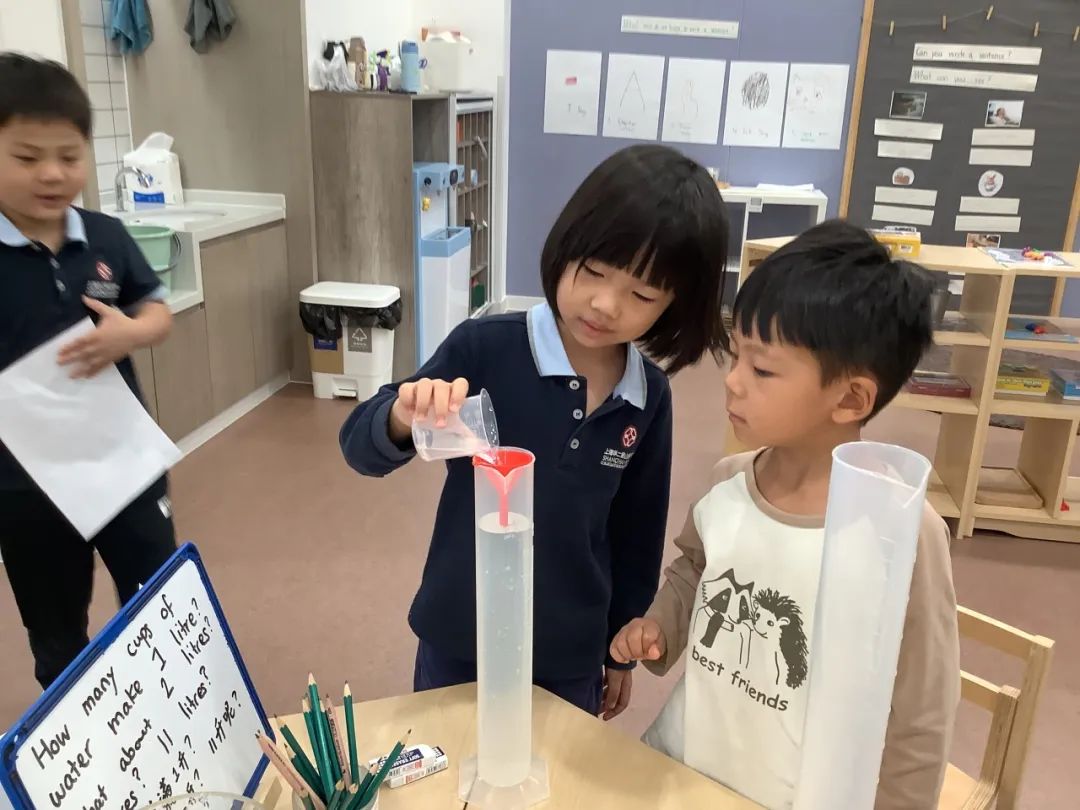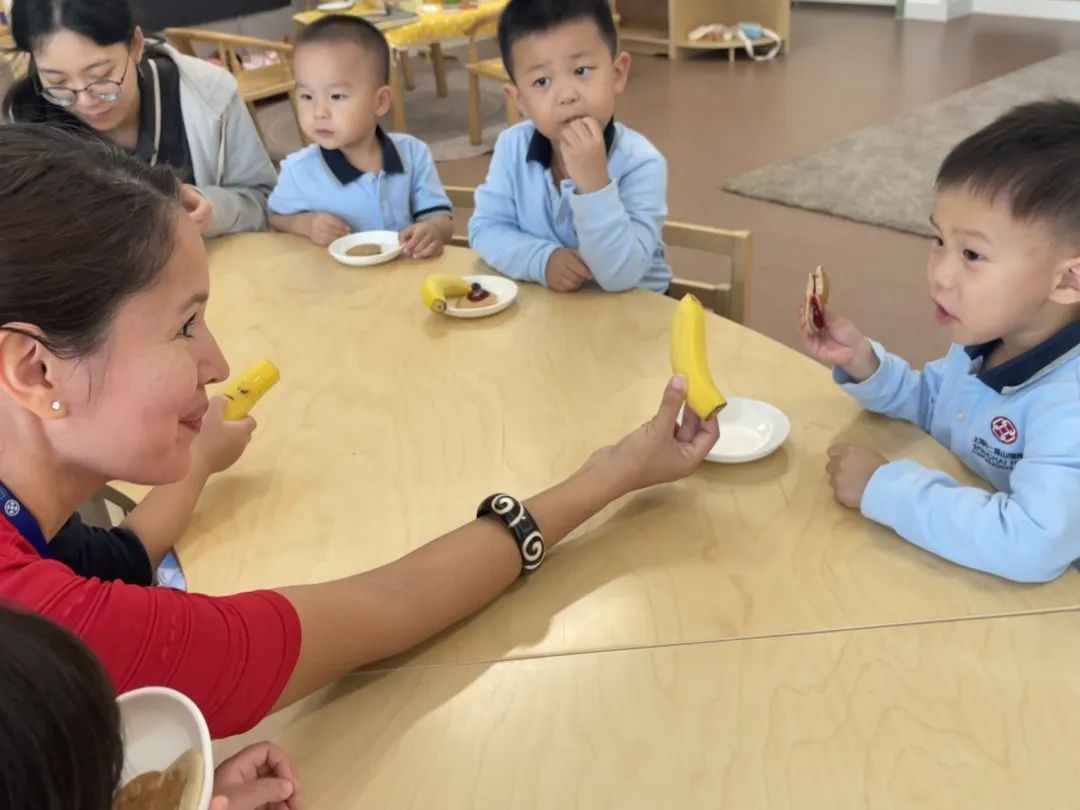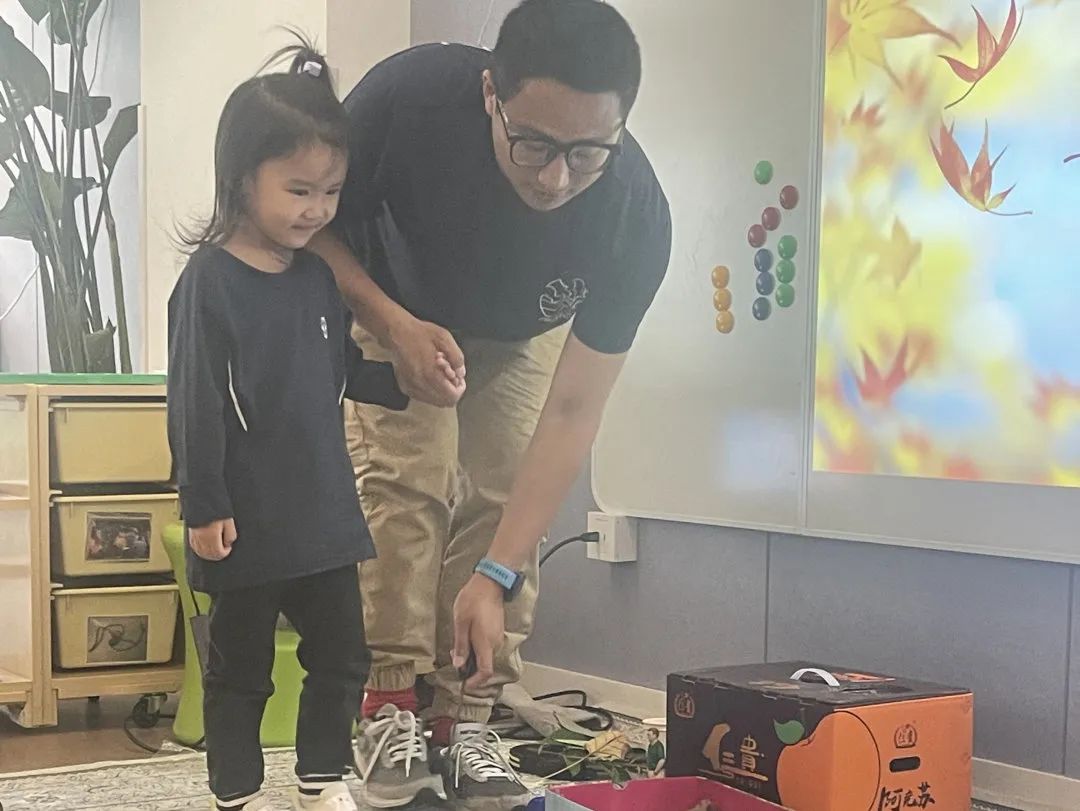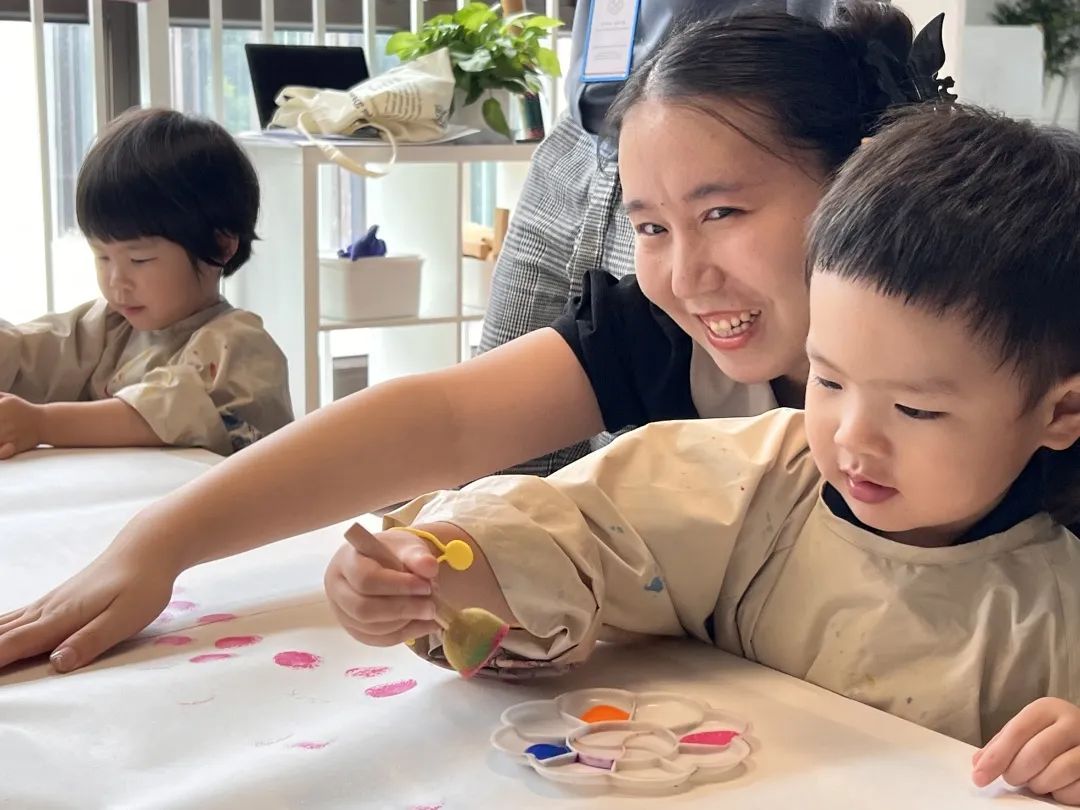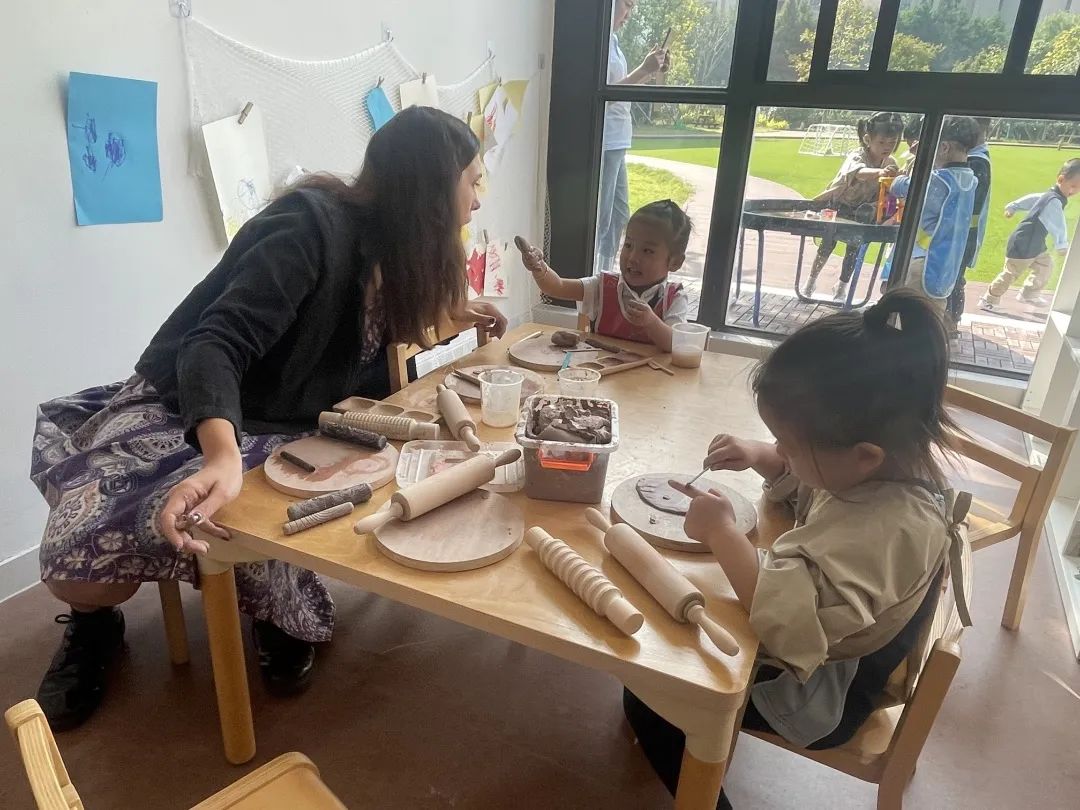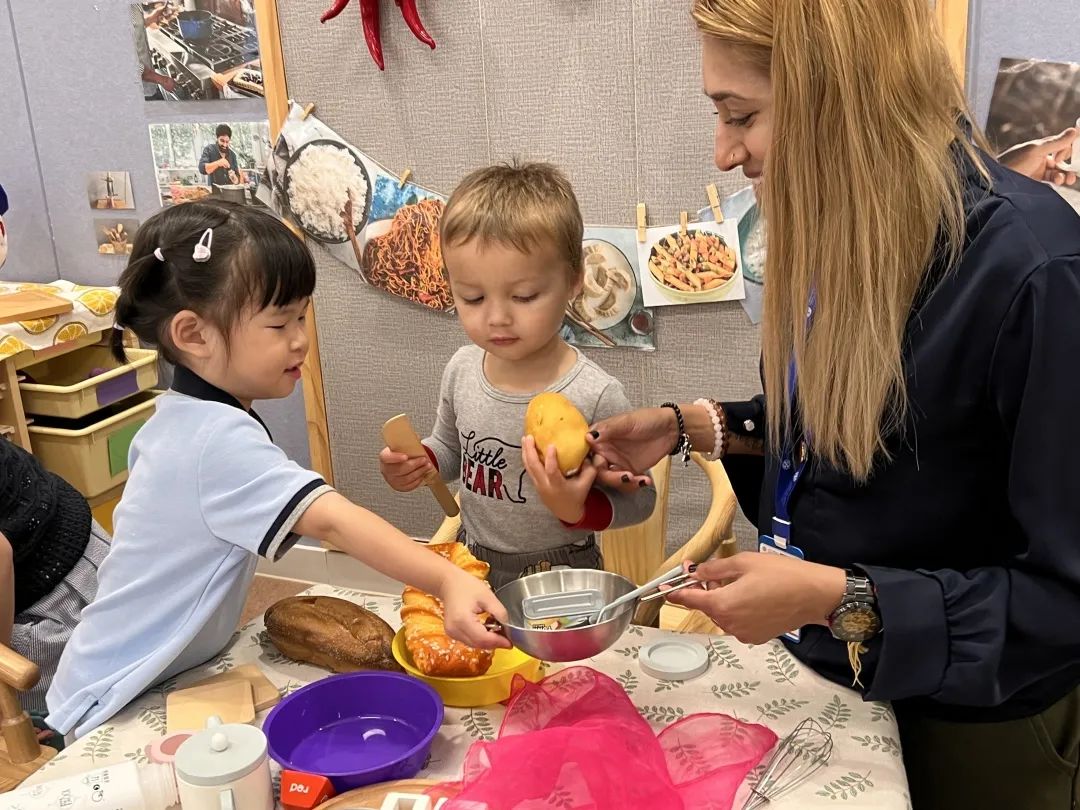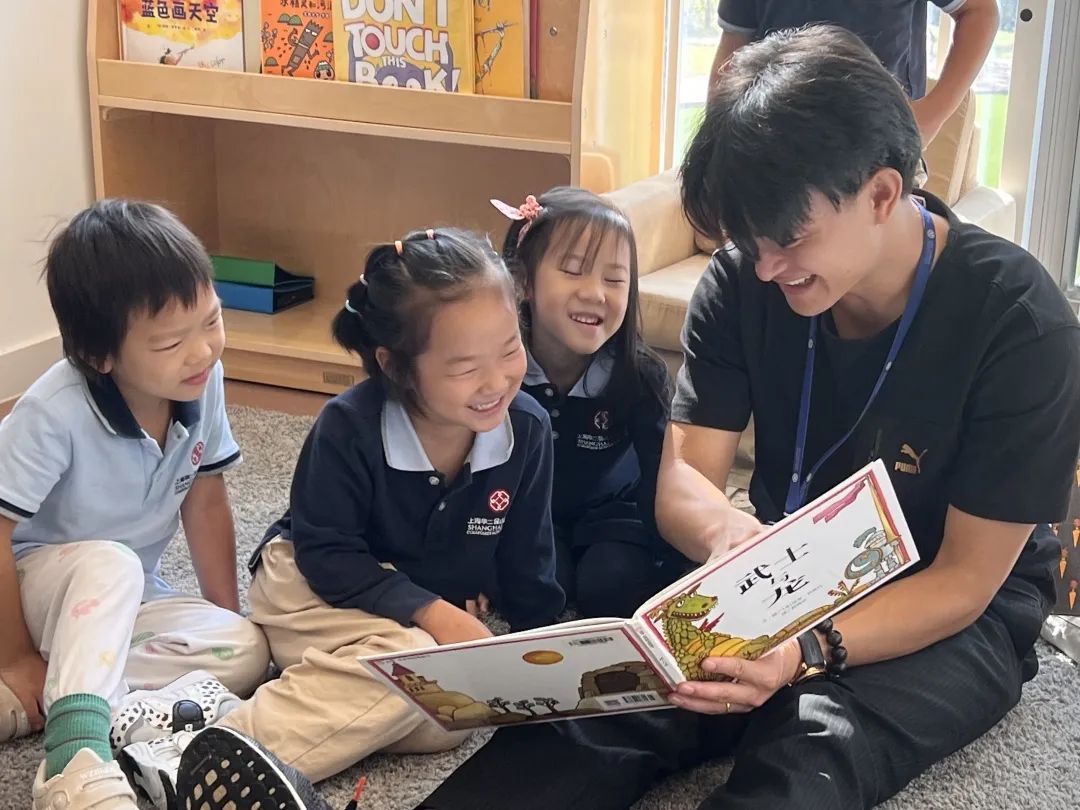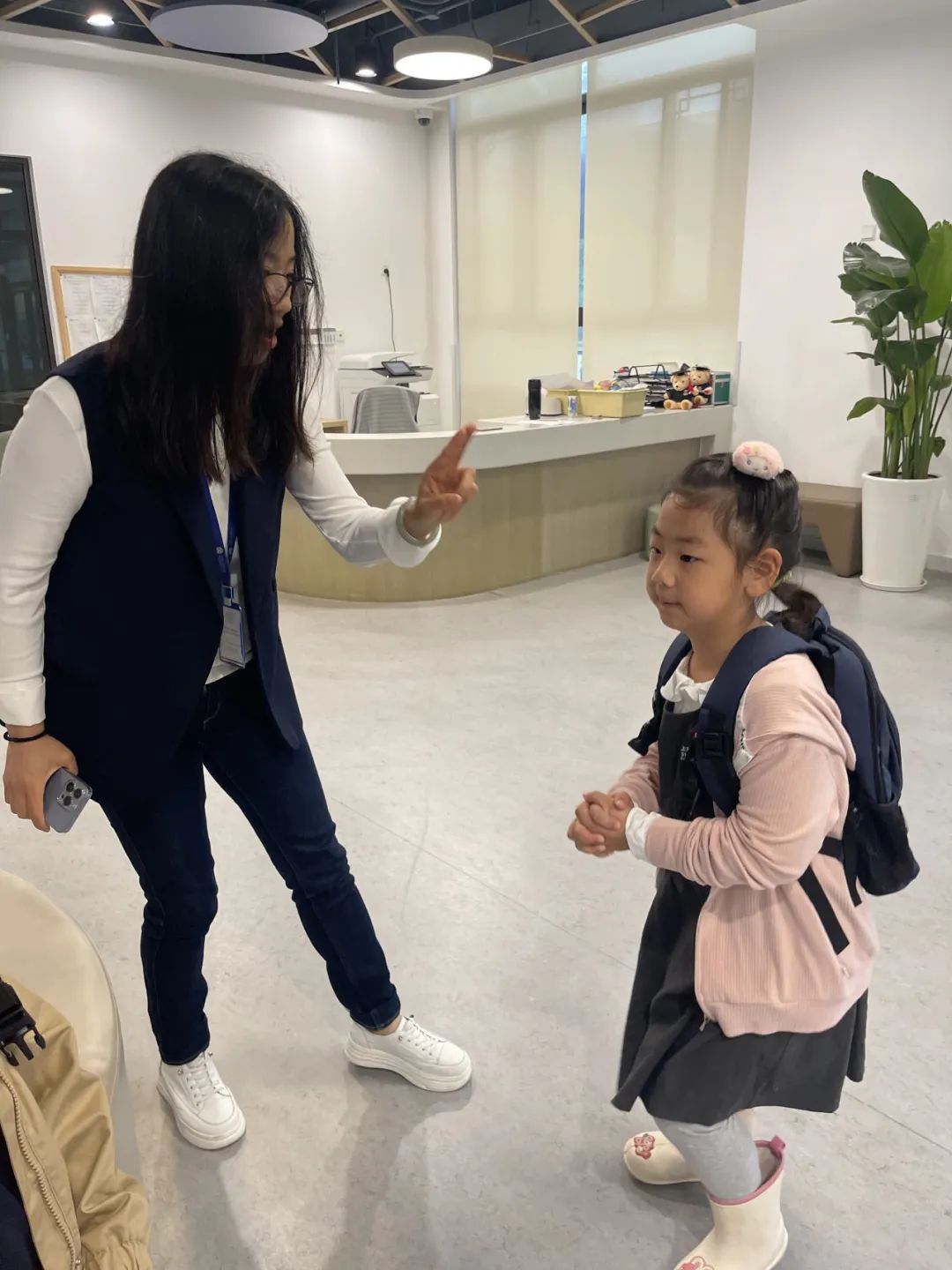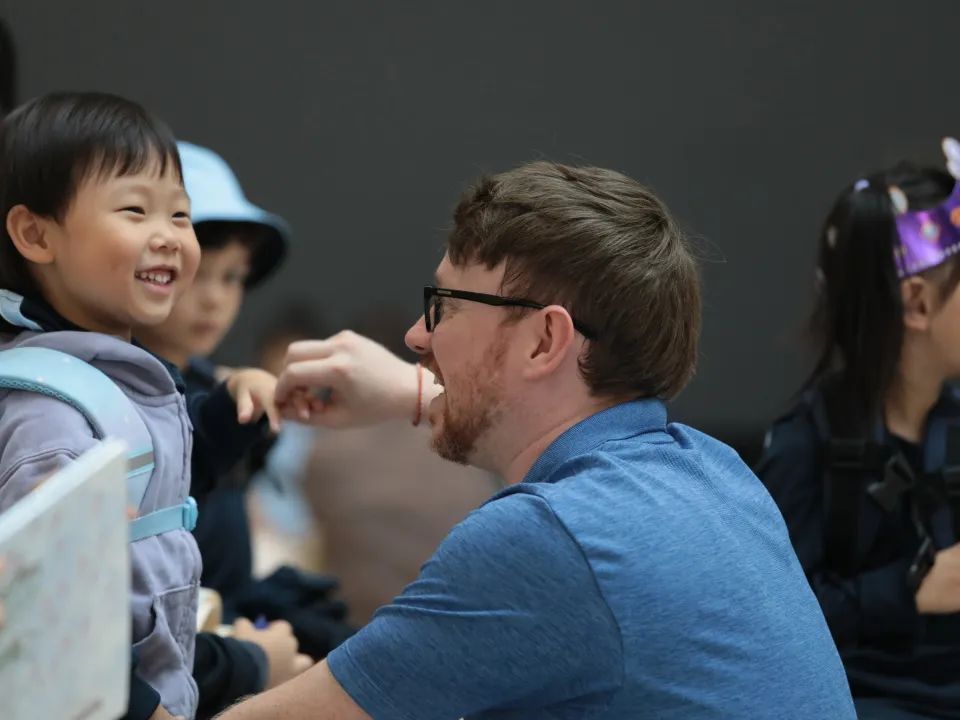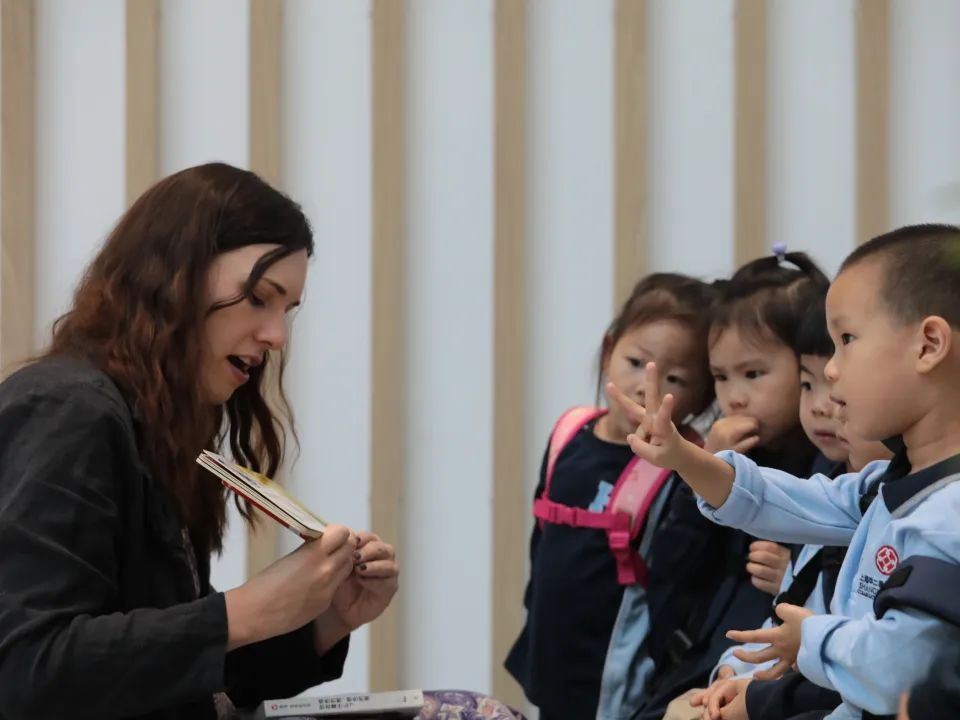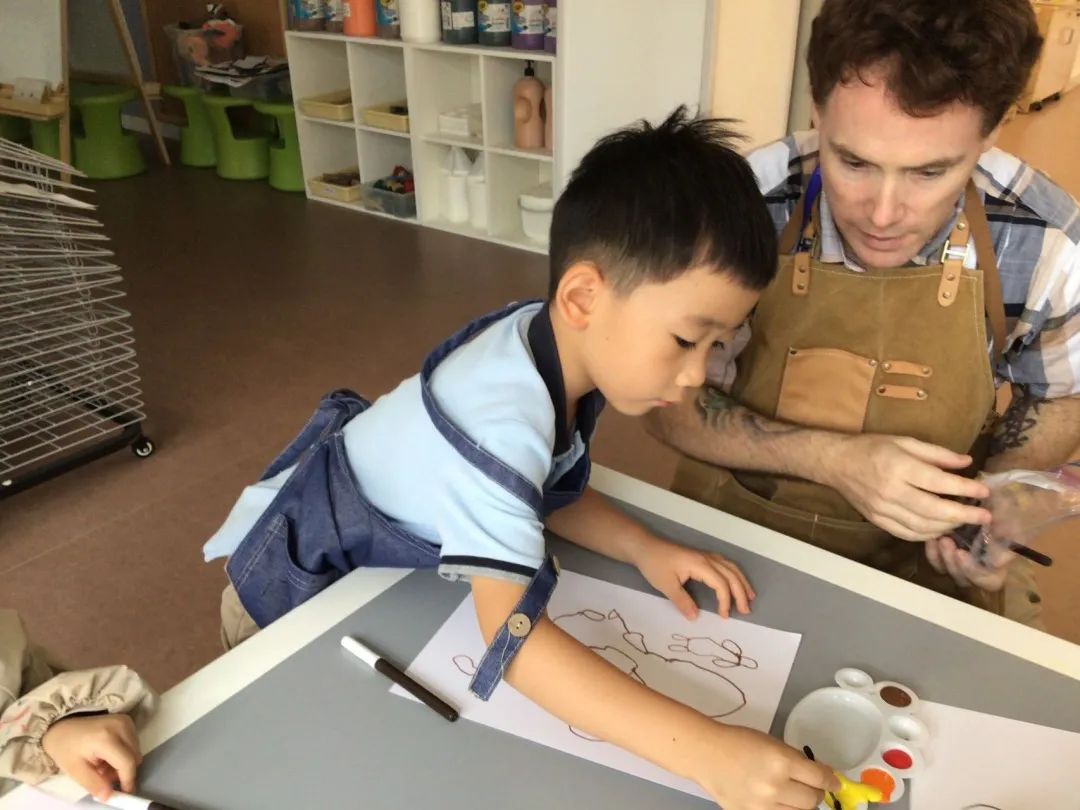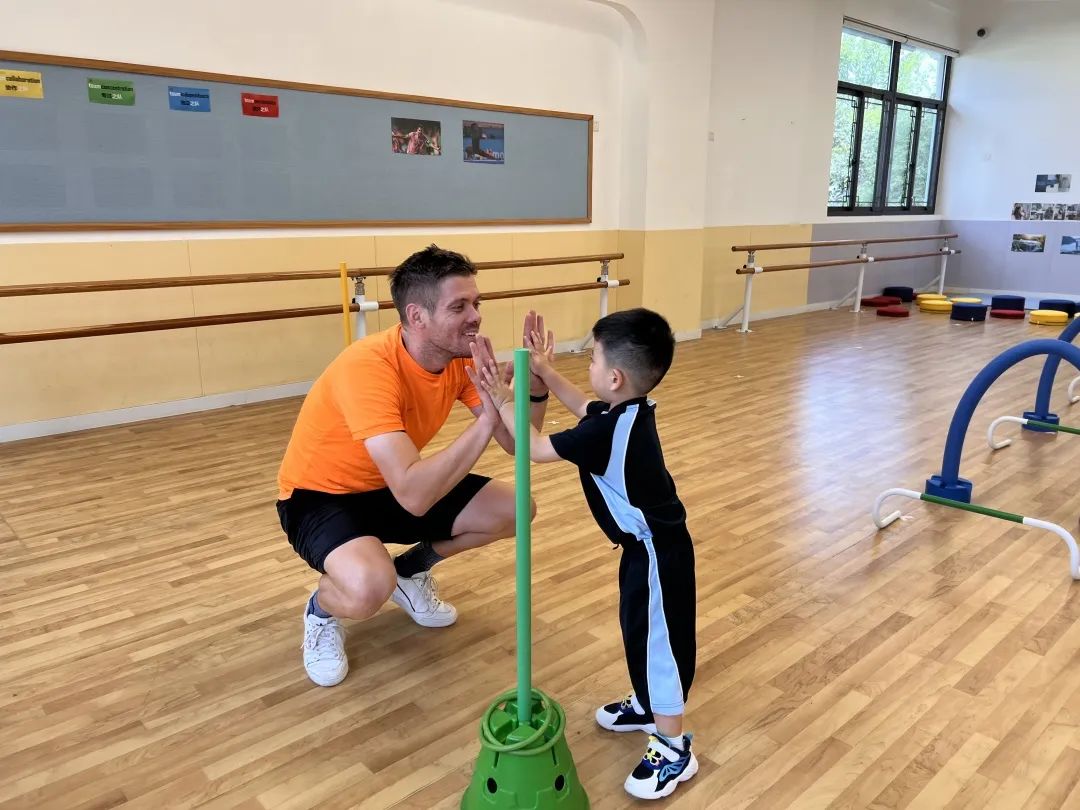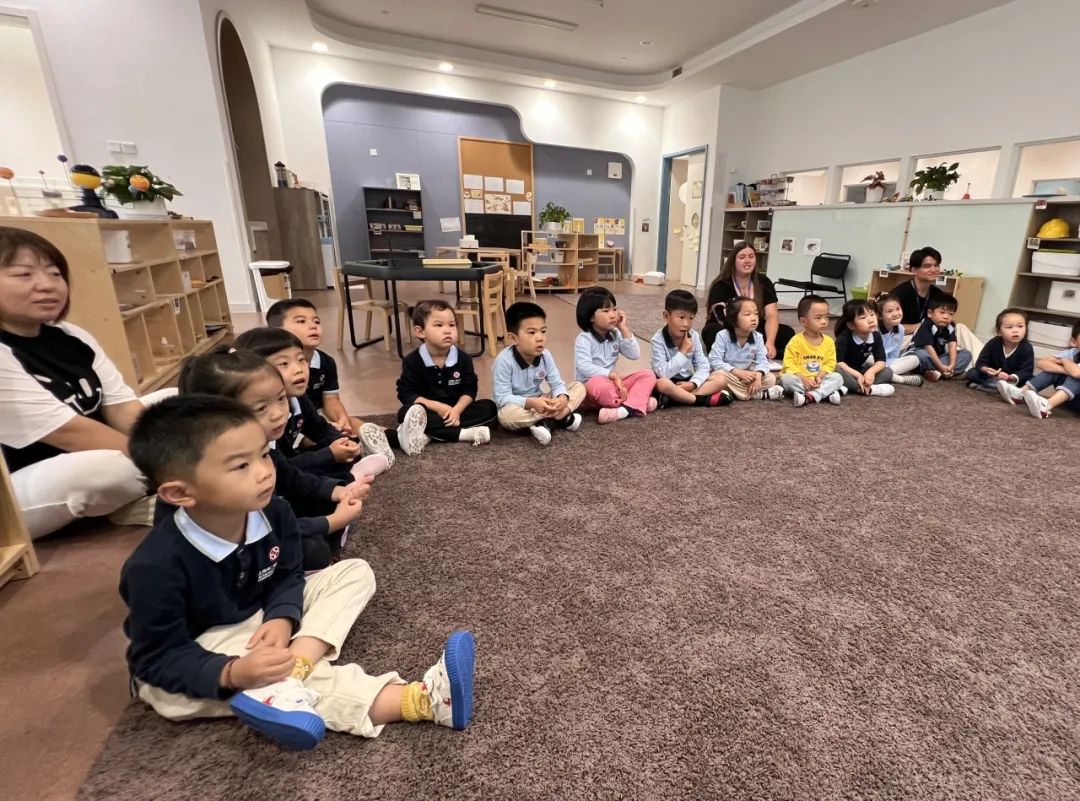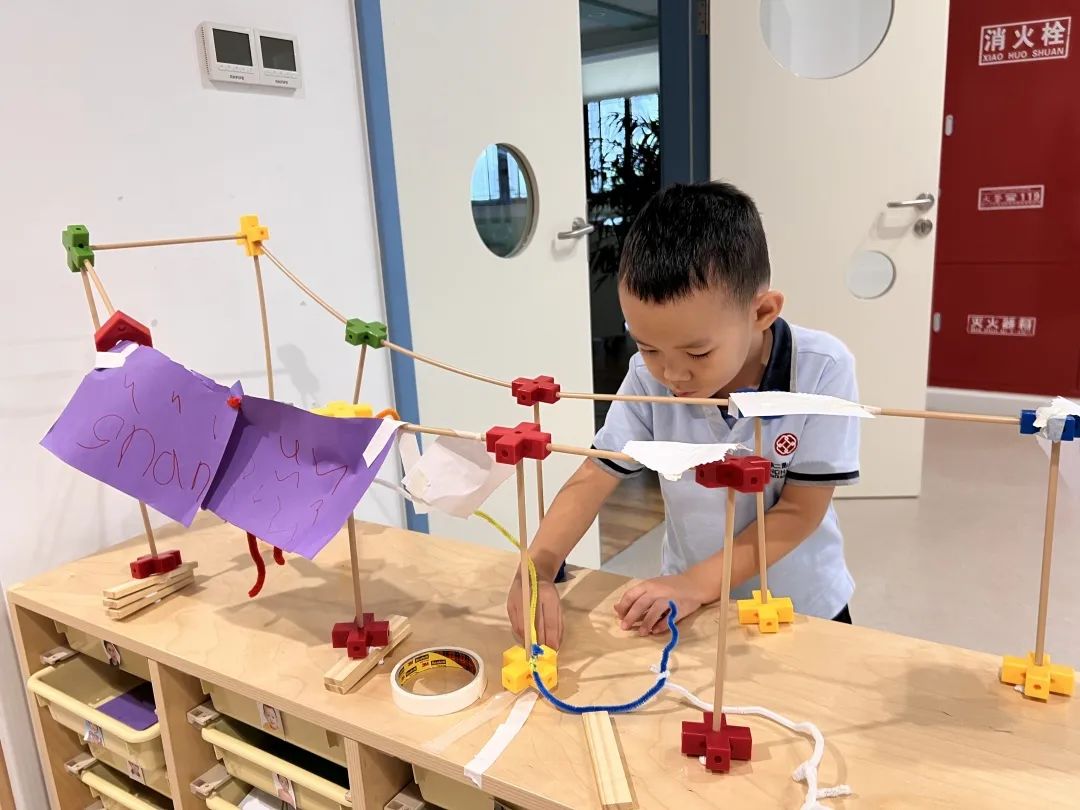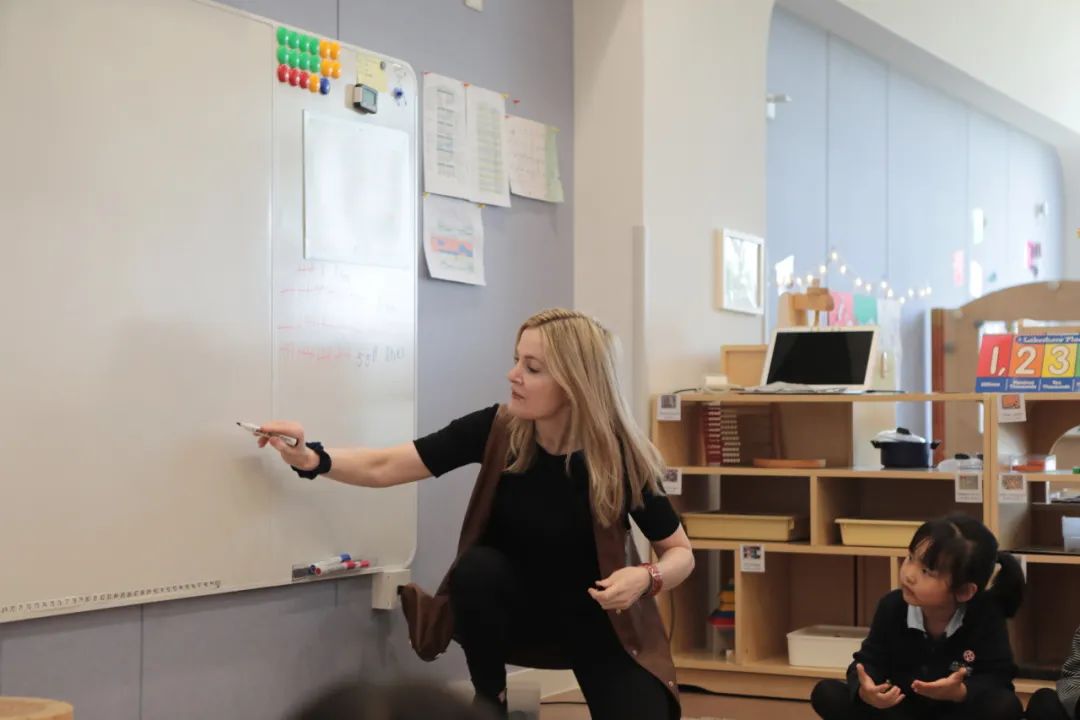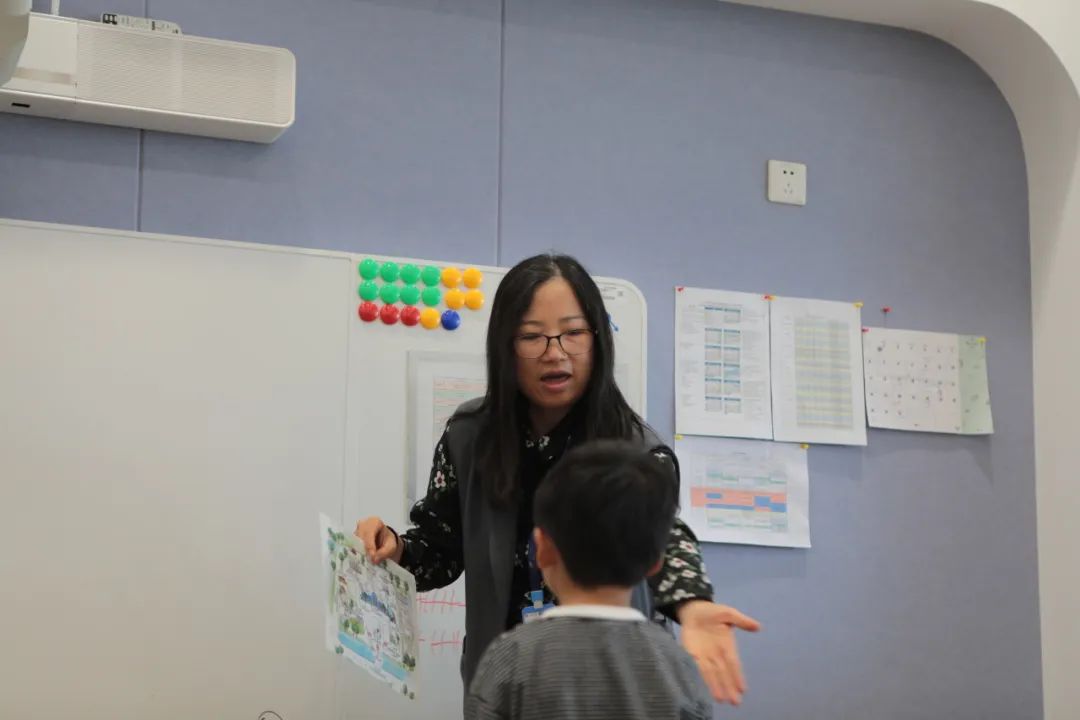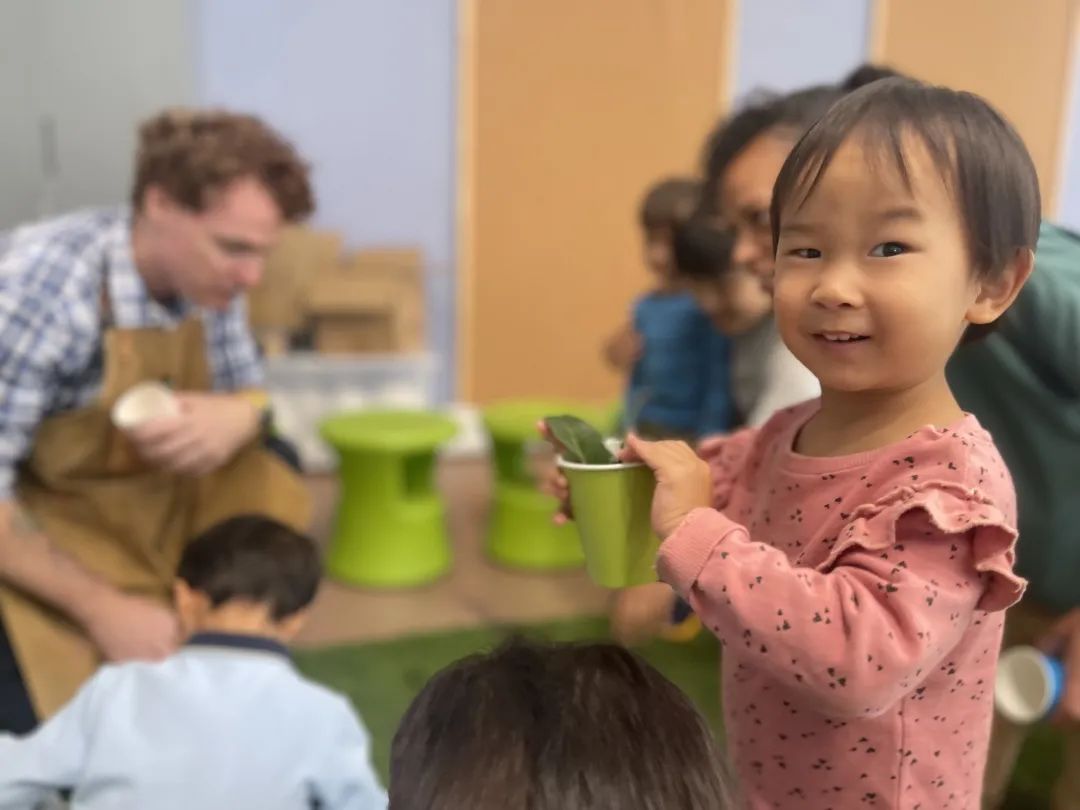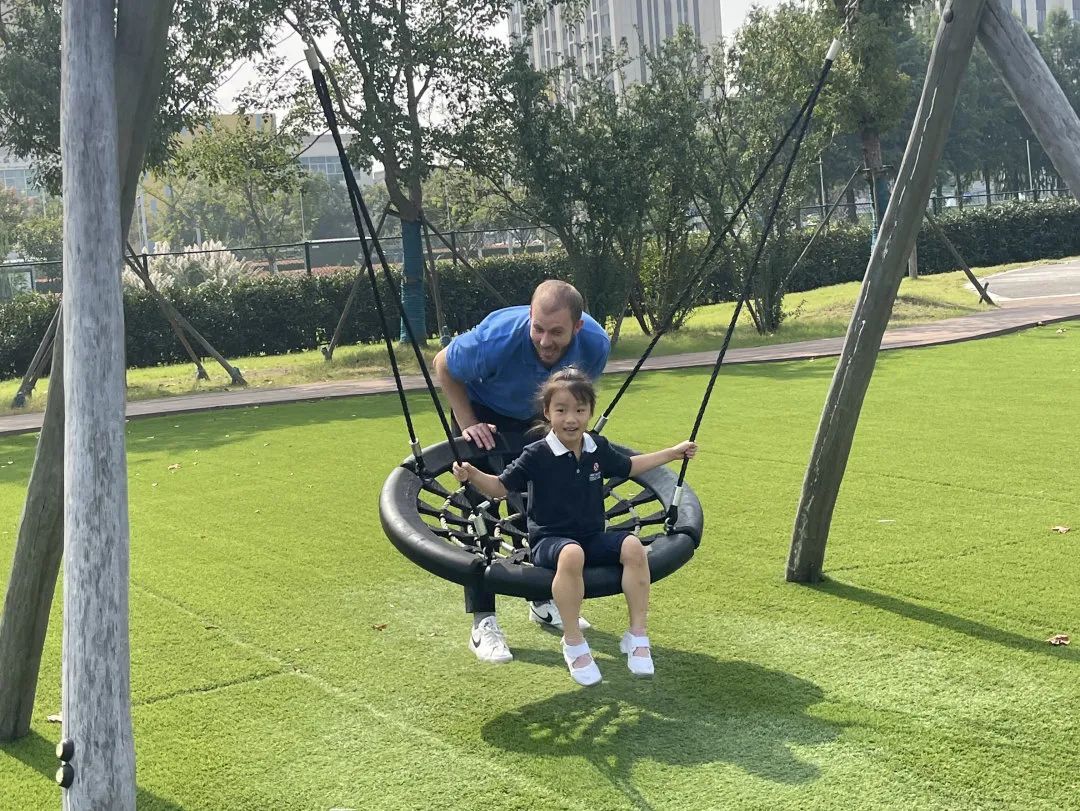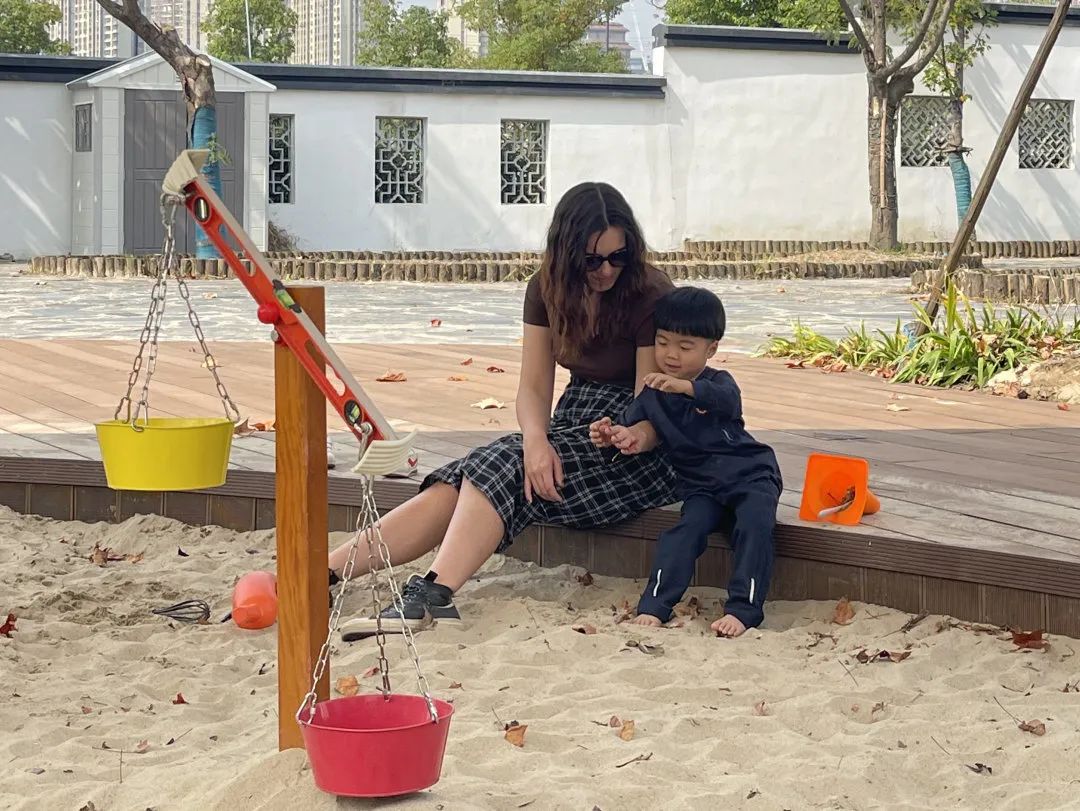Preschool幼儿园|What do you value? 您看重的是什么?
Jacqueline Speer
Principal of Preschool
幼儿园园长
Visiting classrooms and being with children keeps me in this profession. I often walk together with Ms. Sharon, the deputy head, to visit classrooms during the week.
常去教室探访并与孩子们在一起让我能在这一行业砥砺前行。我经常和副园长Sharon女士一起在孩子们的上学时间走访各个教室。
This is not a duty but rather, it helps us both to see. I am not talking about the literal act of seeing or appraising teachers or students with a tick-box in hand. The seeing I am referring to is steeped in what Carla Rinaldi called reciprocity: "a constant relational reciprocity between those who educate and those who are educated, between those who teach and those who learn. There is participation, passion, compassion, and emotion." On the walks, we engage in active listening during which a child feels valued as a co-thinker rather than as a tabula rasa (blank slate) waiting to be filled. If a child feels truly respected and valued then they will be more likely to communicate meaningfully and share their thoughts, theories, and ideas in their first and second language.
这不仅是一种责任,更帮助我们去看见。我所说的 "看",并不是手持 "勾选框 "对教师或学生进行 "看 "或 "评 "的字面行为,而是卡拉·里纳尔迪 (Carla Rinaldi) 所说的 "互惠":"在教育者和受教育者之间,存在着一种持续的互惠关系。这里有参与、有激情、有同情,有情感"。在探访的过程中,我们积极地倾听,让孩子感受到自己作为共同思考者的价值,而不是一块等待填充的白板。如果一个孩子真正感到被尊重和重视,那么他将更有可能用母语和第二语言进行有意义的交流,并分享其想法、理论和观点。
Some programs measure a child's ability to speak English based on the number of words they can recite from memory after reading the same book over and over again or from an English video with lights and buzzers. Some programs have reputable curriculum frameworks from home and abroad. We have three! One from China, one from the UK, and one from Australia. However, having reputable curriculum frameworks does not mean we should rest on our laurels. Frameworks and programs, and the plethora of language apps available, are not magical and to think of them as such is simply magical thinking. Our job is to make these curriculum documents dance... but dance to the tune of our children, in our bilingual environment, and in our time—this time—so that children can thrive in both Chinese and English.
有些课程会根据孩子在反复阅读同一本书,或观看有亮光和声音效果的英语视频后所能从记忆中复述出的单词数量来衡量他们的英语口语能力。有些课程拥有国内外享有盛誉的课程框架。而我们所使用的有三个!一个来自中国,一个来自英国,一个来自澳大利亚。但是,拥有声誉卓著的课程框架并不意味着我们应该安于现状。课程框架和课程,以及大量可用的语言应用程序本身并无魔力,让它们拥有魔力的是奇妙的思维。我们的工作正是让这些课程文件翩翩起舞......但要在我们的双语环境中,在当时当刻,按照孩子们的旋律翩翩起舞,这样孩子们才能在中、英双语环境中茁壮成长。
We tend to measure a child's English ability based on the way they form relationships with a person (foreign teacher) who speaks a different first language from them. We look at their first language development and know that if this is strong and continually validated through authentically responsive teaching, then this will set them up for their second language. We look at their interest in the language, engagement in speaking the language, ability to share authentic experiences, and ability to respond to and ask questions in English. Don't get me wrong: This has nothing to do with receiving stickers or a perfectly timed beep from an app for speaking English but has everything to do with being surrounded by teachers who genuinely listen to children and value what they have to say.
我们倾向于根据孩子与说着不同母语的人(外教)建立关系的方式来衡量他们的英语能力。我们观察她们第一语言的发展,如果这一发展很强,并通过真实的呼应式教学不断得到验证,那么这将为他们学习第二语言奠定基础。我们会观察他们对语言的兴趣、说语言的参与度、分享真实经历的能力以及用英语回答和提问的能力。请别误会我的意思:这与说了英语就能获得贴纸,或应用程序就会立刻发出反馈音没有任何关系,但与周围的老师真正倾听孩子们的心声并重视他们的发言息息相关。
On what I call our "co-thinking" walks, we never cease to be inspired by children. For me, I have a physical response, which is usually having goosebumps on my arms or my eyes welling up. For Ms. Sharon, it is a feeling of immense pride. Our walks are not limited to lesson times; they happen throughout the whole day. The daily timetable includes structured times in literacy, English communication, Chinese language/thinking, and other lessons, but all the other times in between (investigative play, lunchtime, transition times, and greeting times) are just as important. Here at preschool, this is what we value, and this is what the children see us value. In turn, they know that what they say is valued from the moment they set foot in the front entrance to when they leave at the end of the day.
在我称之为 "共同思考 "的走访中,孩子们给我们带来的启发从未停止过。对此,我会有一种身体上的反应,通常是胳膊上起鸡皮疙瘩或眼眶湿润,而Sharon则是有一种无比自豪的感觉。我们的走访并不局限于上课时间,而是贯穿一整天。幼儿园每天的日程包括读写活动、英文语言活动、中文/思维活动以及其他课程等结构化的时间,但这些活动之间的其他时间(探索活动、午餐时间、过渡时间和问候时间)也同样重要。在幼儿园,这是我们所重视的,也是孩子们看到我们所重视的。而他们也知道,自他们踏进校门的那一刻起,到一天结束离开时,他们所说的话都会受到重视。
Working alongside very young children is a privilege, and our influence on them cannot be underestimated. Ultimately, we all need to ask ourselves: What do we value as parents, grandparents, teachers, and as a people?
在年幼的孩子身边工作是一种荣幸,我们对他们的影响不可低估。归根结底,我们都需要扪心自问:作为父母、祖父母、教师,以及作为一个人,我们看重的是什么?
Some of the highlights from
our weekly walks:
As we get new foods on our daily menu teachers encourage children to try them through discussion. On a particular day we had samosas and the English teacher invoked the children’s curiosity by asking them two questions: 1) What shapes do you see in your food? and 2) Where do you think the samosa’s are from?
当日常菜单上出现新的食物时,老师会通过讨论的形式鼓励孩子们尝试。有一天,我们吃到了萨莫萨,英语老师问了孩子们两个问题,以激发他们的好奇心:1)你在食物中看到了什么形状? 2)你觉得萨莫萨是来自哪里的食物?
After some debate, the teacher prompted the students to guess with the scarecrow game, asking them to fill in the sounds that made up the country’s name eventually discovering that samosas are from India.
经过一番讨论后,老师让学生们用稻草人游戏进行猜测,让他们填上组成国家名称的发音,大家最终发现萨莫萨来自印度。
After an interesting chat in English with the PE teacher during Mindfulness time, an interest was sparked in litres. How many litres of milk should we drink? How many litres of water should we drink? If I drink two cups of water a day, is that enough? After this lesson an invitation was set up about litres with cups. How many cups of water are there in a litre?
在正念时间与体育老师进行了一番有趣的英语交流后,孩子们对“升”产生了兴趣。我们应该喝多少升牛奶? 应该喝多少升水? 如果我一天喝两杯水,够吗? 于是,一场对升与杯的关系进行的讨论受邀展开了。一升水相当于多少杯水呢?
Children extended this in play and used a measuring cylinder to find out how many cups of water there are in a litre. For some children this was extended by asking how many cups there are in 5 litres, in 10 litres or even 11! Children enjoyed making tallies of their findings.
孩子们游戏时间对其进行了延伸探索,用量筒测量一升相当于多少杯水。对一些孩子来说,这个问题延伸至问5升、10升甚至11升相当于多少杯水! 孩子们喜欢将他们的发现记录下来。
A nursery child expressing what he wants to eat at morning tea.
The swimming coach discusses in Chinese about the benefits of nature with a nursery class.
A Chinese teacher poses a question during investigative play:"Where does rain come from?"
一位中文老师在探索活动中提出了一个问题:“雨是从哪里来的?”
A Chinese teacher shares a moment with a prenursery child during art class.
一位中文老师与一位小小班的孩子在美术课上兴致盎然的共同时光。
A nursery child “feeding” the English teacher at the clay table.
Pretending with the English teacher in the role-play area.
Some prekinder children sharing a story with the Chinese teacher during play.
中班的孩子们在探索活动时与中文老师一起共同阅读故事书。
A prenursery child exploring a book with the English teacher
Ms. Sharon greeting a child in the morning.
Ms. Sarah, the preschool librarian, walking a prenursery child to class.
Sarah老师,幼儿园图书管老师,送一位小小班的孩子去班级。
Children pictured at home time interacting with the English teacher.
Nursery children enjoying a book with the English teacher before they depart for the day.
The art teacher listens to a child talking about his work.
A prenursery child connecting with the preschool PE teacher during a lesson.
A prekinder class ‘actively listening’ during a structured group time.
A prekinder class listening to an exciting English story.
The child attempts to write the name of the cable car and other emergent print like ‘go, stop, very fast and slow.’ He then fastens the signs to the cable car using masking tape. The child discusses the car with another teacher in English, including reading the signs he carefully placed on the track.
孩子试着写下缆车的名字和其他重要的文字,如:“走”、“停”、“快”和“慢”。然后他用胶带把这些标识固定在缆车上。这位孩子还用英语和另一位老师讨论缆车,包括读出他小心翼翼地放在轨道上的标志。
At the end of an English lesson, a conversation arose about where our preschool teachers come from. How many preschool teachers are from China, America, England, and Australia?
在一堂英语课结束前,我们讨论了幼儿园老师都来自哪里。有多少幼儿园老师来自中国、美国、英国和澳大利亚?
Each day the kinder children rate lunch using descriptive vocabulary.
During a transition time some prekinder children surround Ms. Jacqui to show her a book they found.
在一段过渡时间,一些中班的孩子围在Jacqui园长身边,向她展示他们找到的一本书。
A prenursery child enjoying an art lesson.

声明:本文内容为国际教育号作者发布,不代表国际教育网的观点和立场,本平台仅提供信息存储服务。
